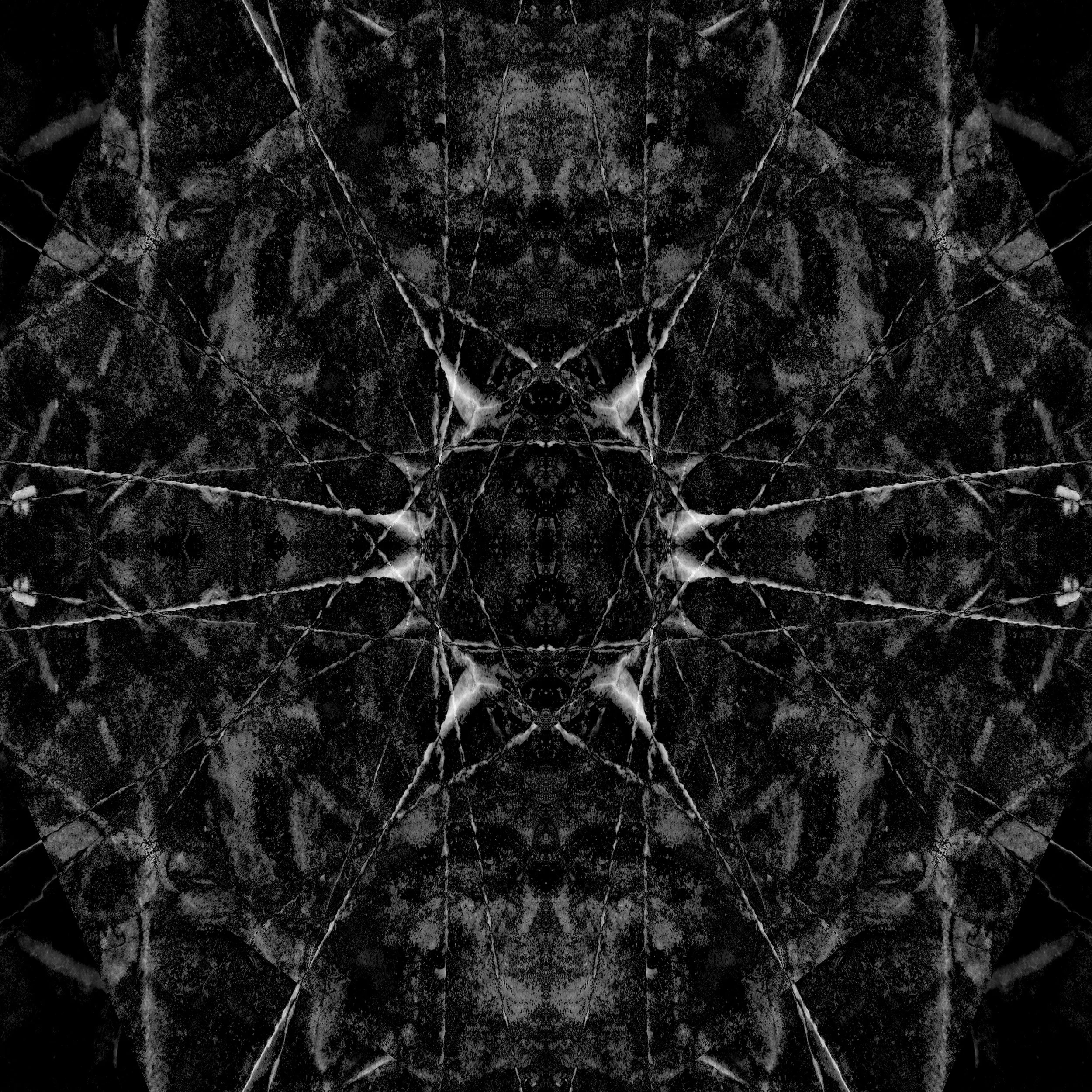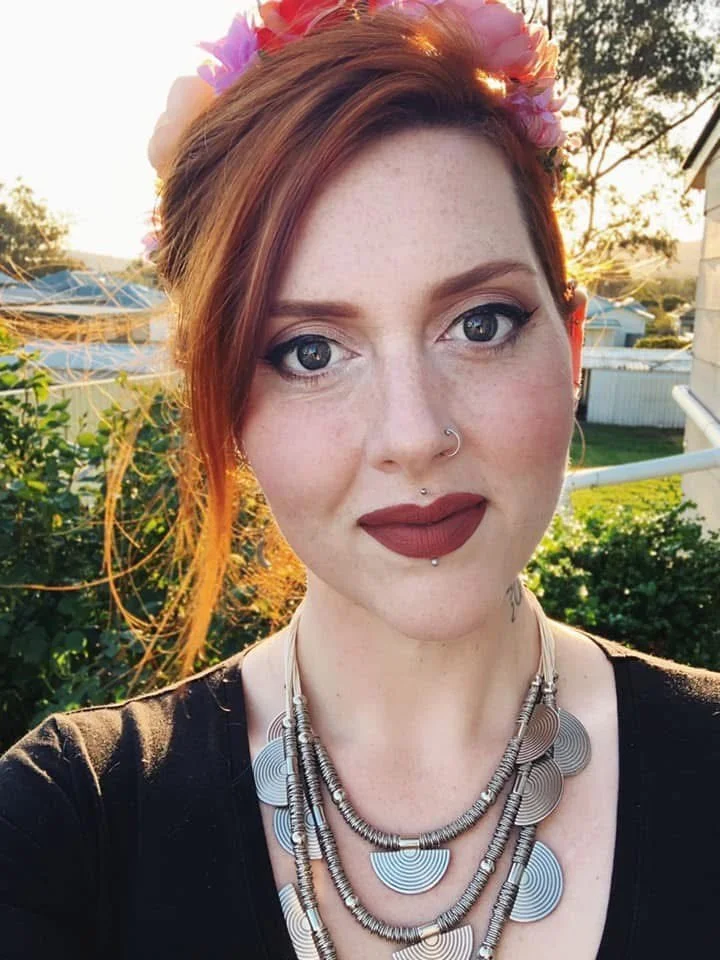
The Artists
“This is more than preservation—it’s a love letter to life, even in death.”
Tyler
My name is Tyler-Jane Neal, and I love dead things.
I’m a Bachelor of Animal Science graduate (UNE), mental health and disability support company director, current law student (CSU), and forensic science master’s candidate (WSU). I also volunteer with my local community legal service, where I advocate for those who often fall through society’s cracks. Across each of these roles runs a common thread: a deep respect for life in all its forms, and a reverence for the delicate threshold between life and death.
Taxidermy, for me, is more than a craft. It is a quiet ritual of honouring—an artful act of preservation that gives animals and insects a kind of “forever life.” My approach blends scientific knowledge with artistic sensibility, informed by my academic background in zoology, pathology, entomology, and forensic study. I have a particular affinity for the unloved and overlooked—creatures with bad reputations or small stories that often go untold.
When I’m not elbow-deep in a project, you’ll find me in the bush or beneath the trees, flipping logs to greet the bugs below—drawn as always to the beautiful remains.

A forever student of the dying art
1 believe we are learning forever and that time spent learning is never time wasted. I am currently completing a Master's Degree in Forensic Science with WSU, where my main research focus is on dermestid beetles.
Dermestid beetles are flesh-eating insects commonly used in both forensic science and laxidermy to clean bones. These beetles feed on decaying organic matter, making them ideal for carefully removing soft tissue from skeletal remains without damaging delicate bone structures. In forensic science, dermestid colonies are offen used to prepare bones for anthropological analysis, particularly in cases where human
Or animal remains are
decomposed. Their work allows forensic experts to examine trauma.
pathology, or other
identifying features of skeletal remains with precision and minimal interference.
At our workshop, I maintain a large colony of dermestid beetles. All bones used in our work are processed using our own dermestid beetles. which is the most gentle and effective method, perfectly preserving skeletal specimens for articulation or mounting.
Rachael
My name is Rachael Allen, and for as long as I can remember, I’ve been enchanted by the strange and beautiful balance between life, death, and art. Drawn to the macabre, I’ve always found wonder in the quiet poetry of skulls, the delicate architecture of insects, and the hidden beauty that many overlook. For me, taxidermy is not just preservation—it’s storytelling, a way to honour and immortalise creatures that once walked, crawled, or fluttered through our world.
I studied Fine Arts at the University of Newcastle and the University of Sydney (SCA), where I immersed myself in exploring form, structure, and the dialogue between the natural and artistic worlds. Those years gave me a foundation not just in technical skill, but in creative expression—allowing me to transform my love of animals and the macabre into works of art that merge science, history, and imagination.
Taxidermy became a natural extension of my artistic practice. Every skull, every insect, and every specimen I work with tells a story—of fragility, resilience, and transformation. My goal is always to capture that essence, presenting it in a way that inspires curiosity and appreciation, rather than fear. I believe there is incredible beauty in things often considered strange or unsettling, and I take pride in bringing that beauty to light.
Beyond my studio, I am a passionate animal lover in every sense of the word. My life is filled with the care of many critters, each of them a constant source of joy, chaos, and inspiration. They remind me daily of the vibrant spark of life that makes preservation so meaningful.
When I’m not carefully arranging specimens or working on new creations, you’ll often find me cooking, painting, or spending time with my animals. These moments outside of the studio help fuel my creativity, reminding me that art is not only about the objects we create, but about the way we connect with the world around us.
Through my work, I strive to bridge the gap between the living and the departed, inviting others to see that death does not diminish beauty—it transforms it. Whether it’s a fragile butterfly displayed against a wash of color, or a skull presented as a symbol of strength and history, I aim to spark wonder, reverence, and conversation.
Taxidermy, for me, is about love: love for animals, love for art, and love for the stories nature leaves behind.





